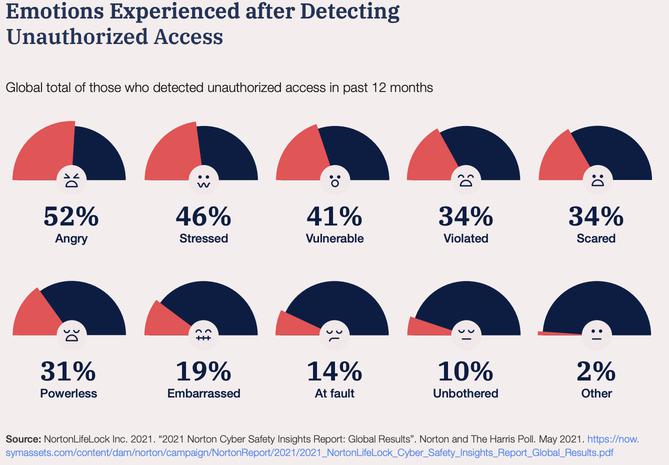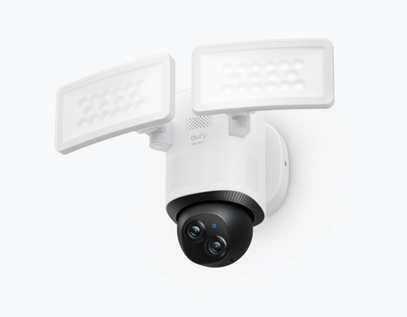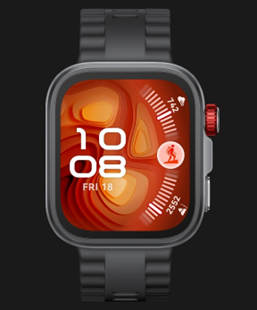From the middle of the twentieth century onwards, the world economy has been undergoing what academics refer to as the “digital transition.” This is the shift of one industry after another toward computer-based ways of working, which is now all but ubiquitous. The rise of digital technologies enabling a digital transition correlates with our increasing awareness of a looming climate catastrophe. Researchers from Portugal’s Universidade Europeia scoured the literature recently to find out exactly how the digital transition has impacted the planet.
Image Credit: PopTika/Shutterstock.com
The work builds on a research gap identified by the authors. The researchers Albérico Travassos Rosário and Joana Carmo Dias, working at Lisbon university’s research centers on public policy and industrial organization, respectively, published the literature in the leading environmental issues journal, Sustainability, in 2022.
What is the Digital Transition?
The digital transition is the application of technologies like artificial intelligence (AI), the Internet of Things (IoT) and Industrial Internet of Things (IIoT), mobile technologies, and big data and analytics to whole sectors of the economy.
These emerging digital technologies – and many others – have fundamentally altered how businesses and people engage in daily life. The digital transition broadly refers to this change.
Wherever it is observed, the digital transition can be seen to improve performance and productivity. Whether it is by introducing robots to automate economic activity from factories to call centers, introducing electronic components to cars and nearly all machinery, or moving financial systems online, the modern economy completely relies on digital ways of working to operate today.
Related Stories
Because of the significant productivity advantages offered by digital technologies, each sector’s digital transition has ultimately included every business operating in it: businesses that did not adopt the new ways of working could never hope to maintain profitability with their now much more productive competitors able to raise wages, pay more for materials, or lower prices.
This has been ongoing since the 1950s, as client-server architecture, mainframe computers, and then personal computers enabled businesses to centralize operations while decentralizing responsibilities and business functions. Modern innovations like the internet, mobile technology, and cloud computing have similarly created new business models.

Today, the digital transition is still underway with new technologies like AI, the IoT, big data analysis, and distributed ledger technology (DLT) emerging.
Only the companies that automated manual processes, added integrations to their processes to improve turnaround times or quality, and upgraded their workflows, recruitment, training, and equipment could survive the disruption caused by digital transitions in the economy. This imperative to adopt or perish will remain as long as emerging technologies continue to offer significant productivity gains.
How Does this Impact the Planet?
Considering the inevitable and ongoing nature of the digital transition, it is important to ask what impact it is having on the planet.
The literature review identified digital technologies’ ability to facilitate more sustainable industrial practices in numerous ways. At the company level, digital transitions enhance the organization’s sustainability performance by improving on organizational planning processes. This enables companies to predict demand and identify opportunities to use more efficient business models.
An example of this is the use of 3D printing in manufacturing. 3D printing practically eliminates waste from manufacturing processes based on subtractive methods that take material away to create parts and components. Instead, 3D printing – a digital technology – builds parts up from material, using only what is required. This has the effect of reducing manufacturers’ materials demands, in turn reducing the need to extract and transport those materials to the factory in the first place.
Another example is the application of sensors and sensor networks to improve industrial processes, making them more flexible and adaptable. Digitizing electric grids, for example, and applying advanced technologies like AI and machine learning to their components, can result in huge efficiency savings leading to less energy loss and ultimately less demand for dwindling finite energy sources like oil and gas.
However, the inherent sustainability benefits in digital technologies are not automatically conferred on organizations undergoing digital transformation. To make digital technology work for sustainability goals, organizations must fundamentally alter their business plans and procedures and ensure widespread awareness and “buy in” for the change.
Once entire organizations and even industries are signed up to using the digital transition to benefit the planet, then significant changes become possible. One of these is the transition toward a circular economy. The circular economy is a model for goods and manufacturing that retains materials in the manufacturing system, rather than extracting new materials to ultimately send to landfill sites.
Digital technologies like the IIoT, data analytics, and sensor networks can monitor products’ entire life cycle from concept stage to manufacture and end-of-life re-use and recycling. Computers are uniquely capable of calculating numerous variables at once to determine the long-term environmental cost of each design iteration and new product, and this information can be used to radically improve our relationship with the environment.
More from AZoM: The Circular Economy and Electronics
References and Further Reading
Rosário, A.T., and J.C. Dias (2022). Sustainability and the Digital Transition: A Literature Review. Sustainability. Available at: https://www.mdpi.com/2071-1050/14/7/4072
Pilkington, B. (2022). The Circular Economy in the Chemical Sector. AZO Materials. [Online] Available at: https://www.azom.com/article.aspx?ArticleID=21435
—. (2022). The Circular Economy and Electronics. AZO Materials. [Online] Available at: https://www.azom.com/article.aspx?ArticleID=21336
—. (2021). Overcoming Industrial Challenges with Digital Twins Technology. AZO Robotics. [Online] Available at: https://www.azorobotics.com/Article.aspx?ArticleID=440.
Disclaimer: The views expressed here are those of the author expressed in their private capacity and do not necessarily represent the views of AZoM.com Limited T/A AZoNetwork the owner and operator of this website. This disclaimer forms part of the Terms and conditions of use of this website.




